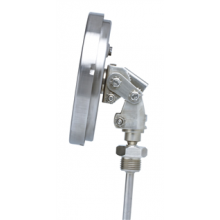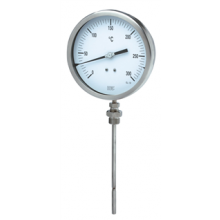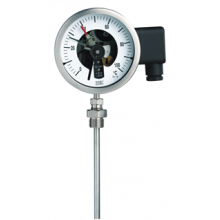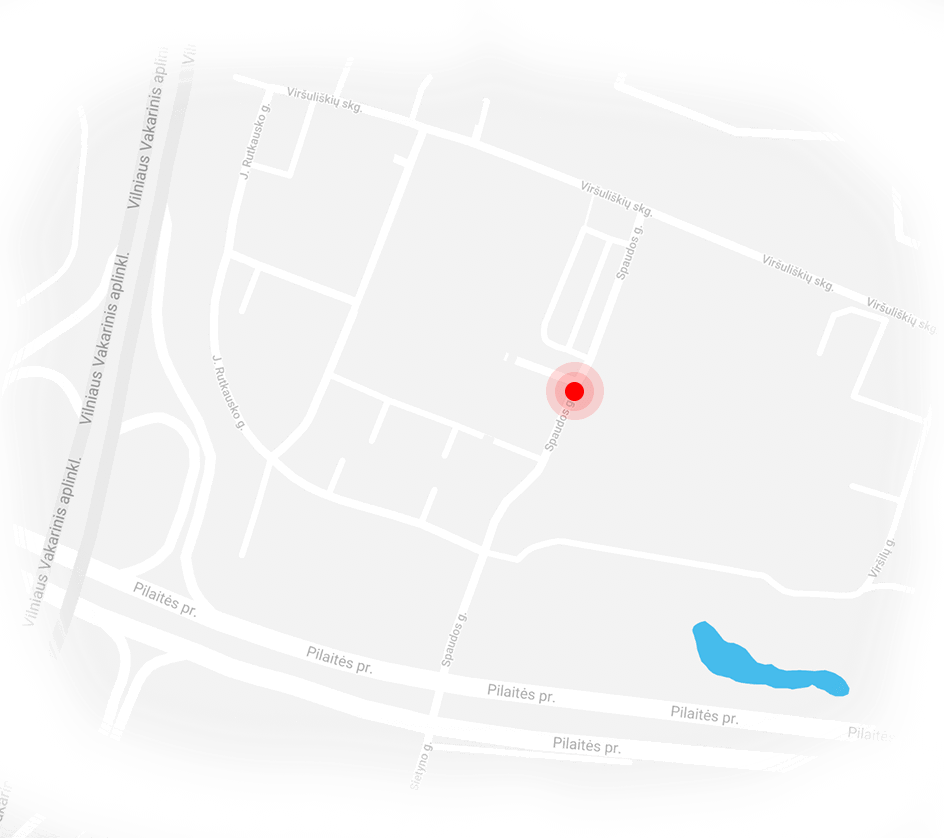By using this web site, you give your consent to the company UAB "INTERAUTOMATIKA", 300002253 to collect and use your personal data as defined by this Privacy and cookie Policy. UAB „INTERAUTOMATIKA“ uses the information you provide when registering, by making orders or by sending us requests, including: Name, surname, contact person. No., e-mail, Other Contact Details (all together - Personal Data) to properly manage your orders / queries.
Cookie usage at the website
CART - The association with your shopping cart. CATEGORY_INFO - Stores the category info on the page, that allows to display pages more quickly. COMPARE-The items that you have in the Compare Products list. CURRENCY-Your preferred currency. CUSTOMER - An encrypted version of your customer id with the store. CUSTOMER_AUTH-An indicator if you are currently logged into the store. CUSTOMER_INFO- An encrypted version of the customer group you belong to. CUSTOMER_SEGMENT_IDS - Stores the Customer Segment ID EXTERNAL_NO_CACHE - A flag, which indicates whether caching is disabled or not. FRONTEND-You session ID on the server. GUEST-VIEW - Allows guests to edit their orders. LAST_CATEGORY - The last category you visited. LAST_PRODUCT- The most recent product you have viewed. NEWMESSAGE - Indicates whether a new message has been received. NO_CACHE - Indicates whether it is allowed to use cache. PERSISTENT_SHOPPING_CART - A link to information about your cart and viewing history if you have asked the site. POLL - The ID of any polls you have recently voted in. POLLN - Information on what polls you have voted on. RECENTLYCOMPARED -The items that you have recently compared. STF - Information on products you have emailed to friends. STORE - The store view or language you have selected. USER_ALLOWED_SAVE_COOKIE - Indicates whether a customer allowed to use cookies. VIEWED_PRODUCT_IDS - The products that you have recently viewed. WISHLIST - An encrypted list of products added to your Wishlist. WISHLIST_CNT - The number of items in your Wishlist.
General provisions
UAB „INTERAUTOMATIKA“ by no means sells or transmits your Personal Data to any third party without your express permission. No third party can offer you goods or services via UAB „INTERAUTOMATIKA“ electronic systems. UAB „INTERAUTOMATIKA“ may use your Personal Data for direct marketing purposes.
UAB „INTERAUTOMATIKA“ follows these basic principles of personal data processing:
1. Personal data is collected for specified and legitimate purposes;
2. Personal data shall be processed accurately and fairly;
3. Personal data is processed lawfully;
4. All information about processed personal data is confidential;
Managing and protecting your personal data UAB „INTERAUTOMATIKA“ implements organizational and technical measures that ensure the protection of personal data against accidental or unlawful destruction, alteration, disclosure, as well as any other unlawful handling. Personal data are processed in accordance with the 2016 April 27 Regulation (EU) 2016/679 of the European Parliament and of the Council on the protection of natural persons with regard to the processing of personal data and on the free movement of such data.
Personal data is collected and processed for the following purposes:
1. Process your queries;
2. For direct marketing purposes – uses the contacts of our former customers to remind them about our services, to offer similar products.
3. Cookies are used for this purpose (if used): analyze shopping cart.
Personal rights
By allowing to manage your personal data, you are entitled to:
1. Require correction, destruction or suspension of the processing of your personal data when data is processed without complying with this and other laws;
2. Disagree with the processing of his personal data;
3. UAB „INTERAUTOMATIKA“, upon receipt of your application for the processing of personal data, will provide you with a response within 30 calendar days of your request. Only requests for the processing of your personal data submitted by e-mail are considered. Mailed to info@INTERAUTOMATIKA.lt;
4. UAB „INTERAUTOMATIKA“ Members / Clients have the right to request the transfer or cancellation of information related to their payment history and the information they provide. Such requests will be processed within 30 days. From e-mail receipt mail by info@INTERAUTOMATIKA.lt.
Final Provisions
Substantial changes to this Privacy and Cookie Policy are sent to members by email. UAB „INTERAUTOMATIKA“ may change this Privacy and Cookie Policy without prior notice. If you have questions about our Privacy and Cookie Policy, you can contact us at any time by e-mail: info@interautomatika.lt.
The date of the last update of this document is 2020-06-16.





